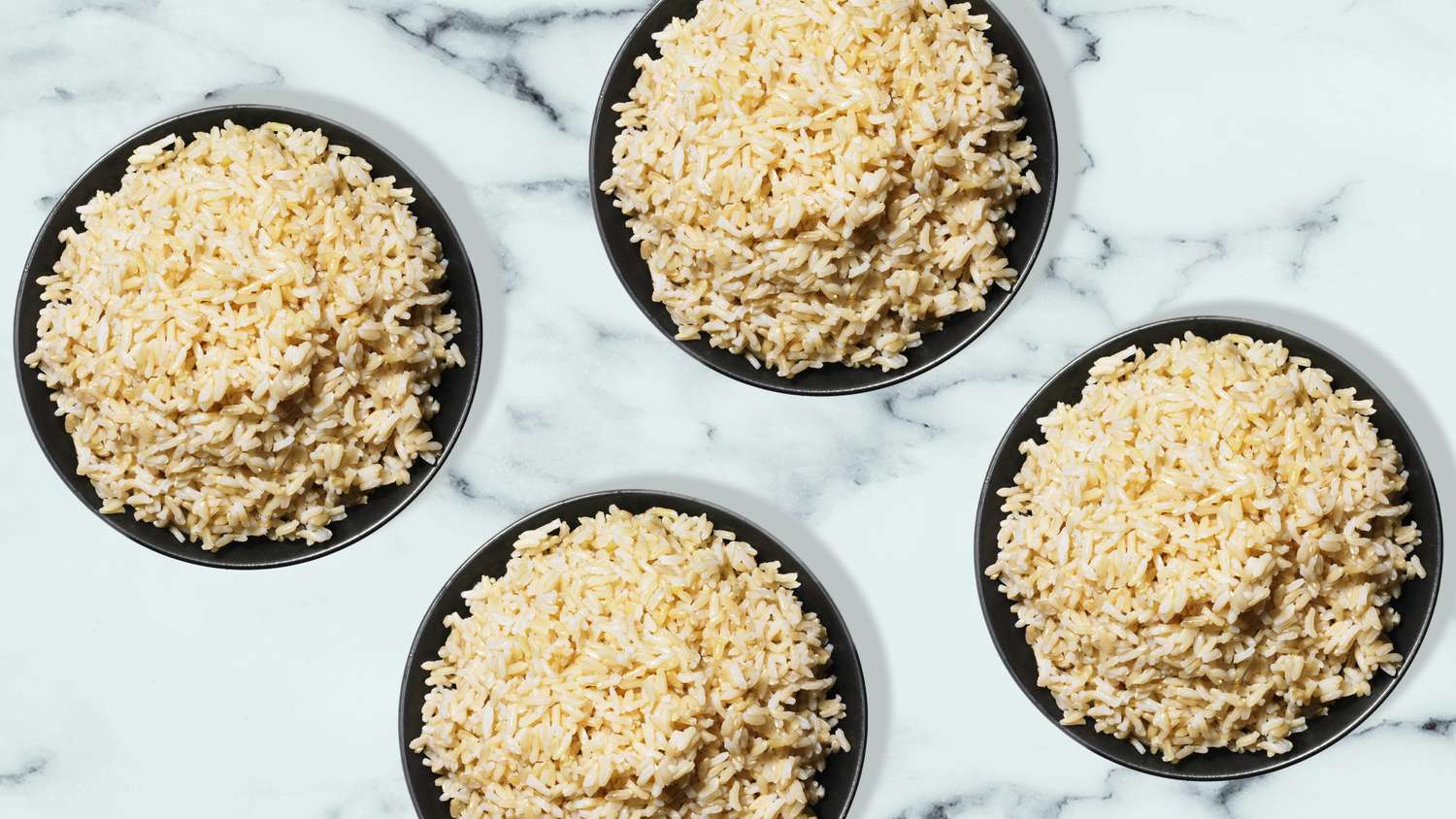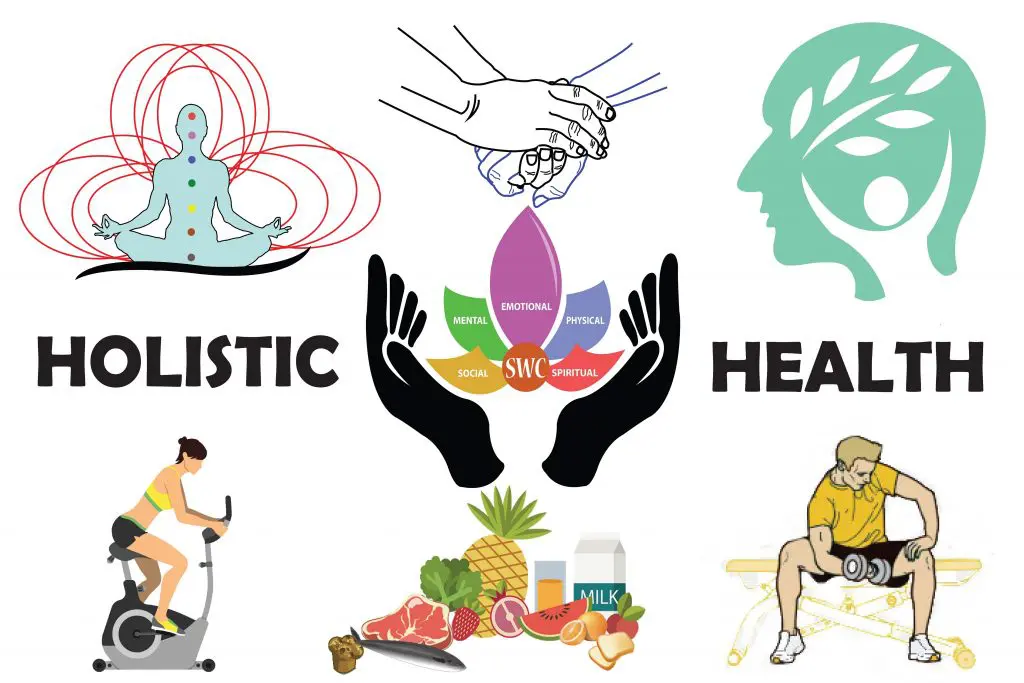Brown rice is a whole grain that contains many health-protective nutrients. It also has less of a negative impact on blood sugar levels, which can lower your risk of diabetes.
It’s a good idea to include brown rice as part of a healthy diet, but it doesn’t automatically mean you should throw out your white rice.
1. Rich in Magnesium
Magnesium is a critical mineral that helps regulate blood pressure, promote healthy bones, and reduce stress. It also improves sleep quality and reduces anxiety.
The best way to get magnesium is from whole foods, especially greens. Spinach, quinoa, nuts and seeds, dry beans, and whole grains are rich sources of the mineral.
Bananas are another good source of the nutrient. A medium-size banana contains 32 mg of magnesium, along with 10.3 mg of vitamin C and 3 g of fiber, according to the USDA.
Besides bananas, other foods that are good sources of magnesium include dark leafy vegetables, nuts, seeds, and dry beans. These nutrients help your body absorb and retain magnesium and other minerals. A high intake of these minerals is associated with better health and reduced risk of heart disease, diabetes, and stroke.
2. Rich in Antioxidants
Rice is one of the oldest cereal grains in the world, and a staple food throughout Asia. Depending on how it is processed, rice can be white or brown (whole grain).
The bran layer of the rice remains intact and contains important antioxidants. These nutrients reduce the risk of chronic disease and mental decline.
It also contains a lower glycemic index than white rice, which can help reduce the risk of type 2 diabetes.
This wholegrain is also a good source of selenium, copper, phosphorus and several B vitamins. It also contains dietary fibre, which can help keep you full and prevent overeating.
3. Rich in Resistant Starch
Resistant starch is the most nutrient dense form of dietary fiber. It can be found in whole grains (like brown rice), fruits, vegetables, legumes and nuts.
Unlike normal starch, resistant starch is not broken down by digestive enzymes. It instead moves through the small intestine undigested and then into the colon (the longest part of your large intestine).
Eating foods with significant amounts of resistant starch improves insulin sensitivity, which is important if you have type 2 diabetes or prediabetes. It also lowers your glycemic index, which can help control blood sugar levels.
One way to increase the amount of resistant starch you get from your food is to let it cool down after cooking. This can help it revert back to the resistant starch form, which will then be absorbed into your bloodstream through your gut.
4. Rich in B Vitamins
A cup of cooked brown rice contains between 10% and 27% of the daily goal for selenium, copper, phosphorus, and several B vitamins, which are necessary for good health.
Compared to white rice, enriched brown rice has more protein, fiber, and antioxidants. It also offers more magnesium, potassium, iron, and manganese, explains Tessa Nguyen, MEd, R.D., L.D.N, professional chef and registered dietitian at Taste Nutrition Consulting.
The key here is to consume moderate portions of whole foods. If you eat too much of any one food, it can negatively impact your overall nutrient intake, and your health.
5. Rich in Fiber
Brown rice is a good source of dietary fiber, which can help reduce your risk for heart disease and other health conditions. It also contains nutrients like magnesium, iron and thiamine that contribute to overall good health.
A cup of cooked medium- or long-grain rice provides 3.5 grams of dietary fiber, contributing 13 percent of your recommended daily intake for women and 9 percent for men, according to the Institute of Medicine.
But the insoluble fiber found in brown rice can cause digestive issues if you consume too much at once. Gradually increase your dietary fiber intake over time to give your digestive system time to adjust.





